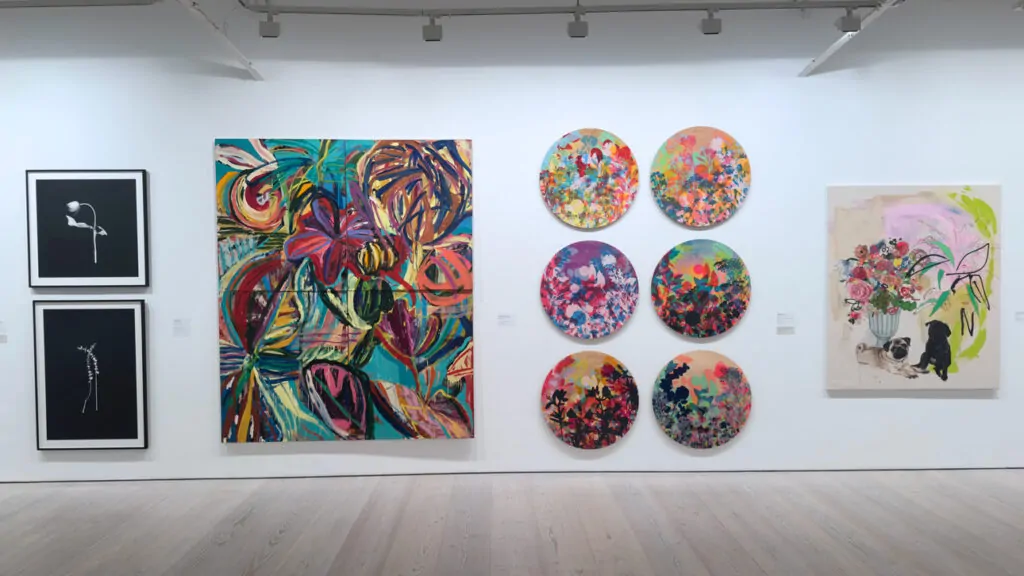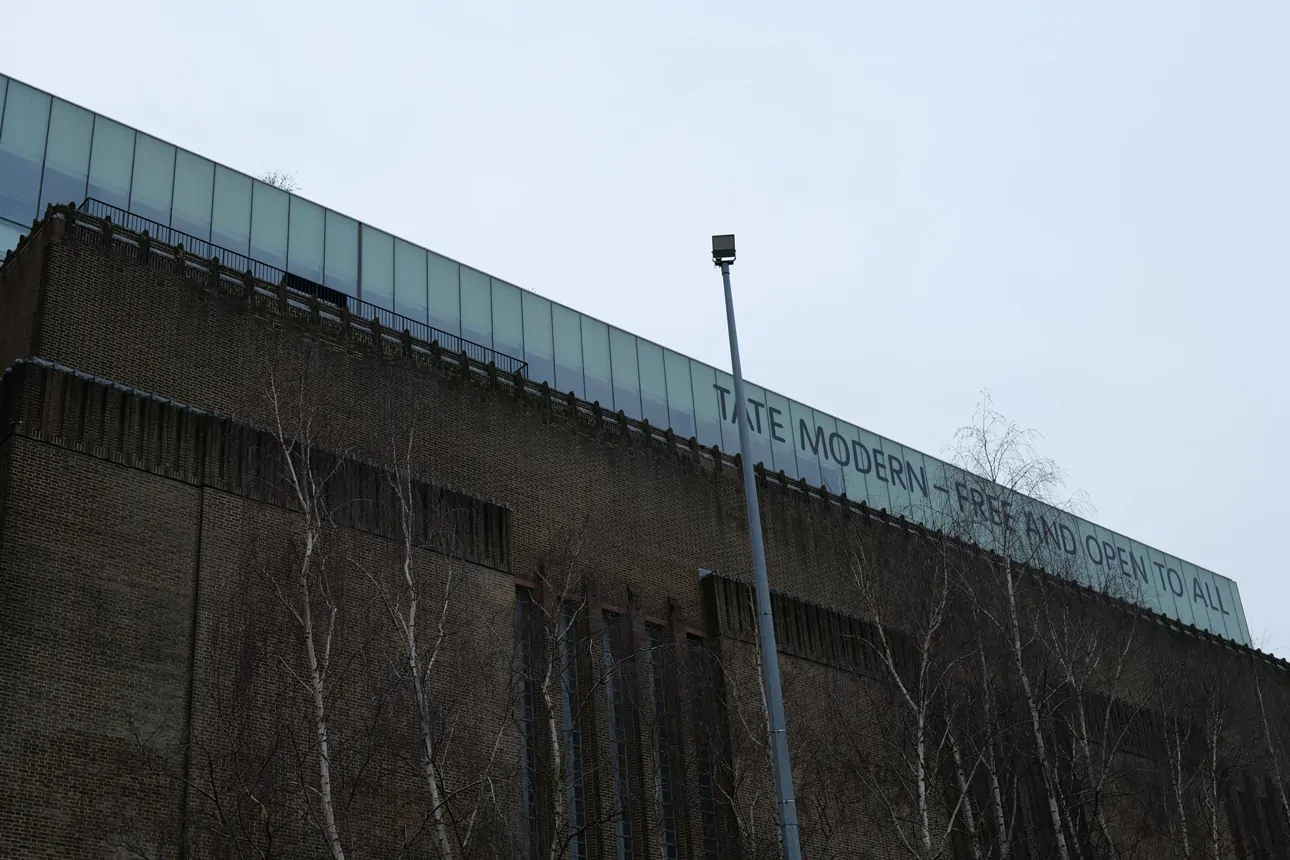Once alive with the quiet hum of tourists, students, and art lovers, Britain’s galleries are now confronting an unfamiliar stillness. Visitor numbers have plummeted, and across the country, cultural institutions are facing mounting pressure — not only from within, but from shifting national and global realities.
The convergence of Brexit, the aftermath of the COVID-19 pandemic, and a worsening cost-of-living crisis has placed many of the U.K.’s most cherished art venues in a precarious position. The challenge is not only about drawing people back into the galleries — it is about ensuring their survival in a reshaped world.

Visitor decline, a vanishing Public
Recent data underscores the depth of the decline. In 2024, Tate Modern welcomed 4.6 million visitors — a steep fall from the 6.1 million recorded in 2019. Tate Britain saw attendance drop by 32 per cent, while Tate St Ives reported a 37 per cent reduction. The National Gallery, one of the most visited museums in Europe, experienced a 47 per cent decline in visitors over the same period. The numbers reflect not just a temporary dip, but an enduring change in public habits. The cultural sector continues to struggle with the shift in behaviour that began during the pandemic — one that may be more permanent than many institutions had hoped.
Brexit’s Quiet Disruption
While the pandemic may have set the stage, Brexit has added complexity to recovery efforts. The reintroduction of customs checks, import/export duties, and visa requirements has created logistical headaches for curators and administrators. According to Artsy, these barriers have not only discouraged European visitors, but have also complicated exhibition planning, cross-border loans, and international partnerships.
In effect, Brexit has diminished the U.K.’s cultural fluidity — a once open-door relationship with Europe now mired in paperwork and uncertainty.

©2025 Halcyon
Funding Cuts, Shrinking Budgets, Growing Strain
Finances, too, have tightened. Between 2009/10 and 2022/23, government funding via Arts Councils dropped significantly: 18 per cent in England, 22 per cent in Scotland, 25 per cent in Wales, and a staggering 66 per cent in Northern Ireland, according to the House of Lords Library. With less public funding available, galleries have turned to private donations, corporate sponsorships, and ticket sales — all of which are now under pressure due to economic constraints and shifting consumer priorities.
More broadly, concerns about the long-term sustainability of UK galleries have grown — particularly in light of rising operational costs and inflation.
A Regional Crisis in the Making
Outside of London, the crisis is even more acute. A 2025 report from The Art Newspaper found that three in five small museums and galleries across the U.K. fear closure in the near future. Many of these regional institutions are community lifelines — places where history, identity, and creativity intersect. Without the financial buffers enjoyed by larger venues, they remain especially vulnerable to declining attendance and financial instability.

Searching for Solutions
Despite the daunting challenges, some institutions are pushing forward with renewed energy. The National Gallery will reopen its Sainsbury Wing on 10 May 2025 following an £85 million renovation. The overhaul promises improved accessibility, a reimagined layout, and increased display space for artworks from the 13th to 15th centuries. Elsewhere, galleries are experimenting with community outreach, artist residencies, hybrid exhibitions, and digital content — all in an effort to reconnect with an audience that has grown distant.
A Cultural Crossroads
Britain’s galleries are not just repositories of art — they are living civic spaces, places where ideas are exchanged, identities explored, and cultures interrogated. The present crisis raises profound questions: Who are these spaces for? What role should they play in modern Britain? And what will be lost if they fade?
The artworks may remain. But without strategic support, broad accessibility, and a renewed sense of public engagement, these institutions may struggle to fulfil their purpose.





